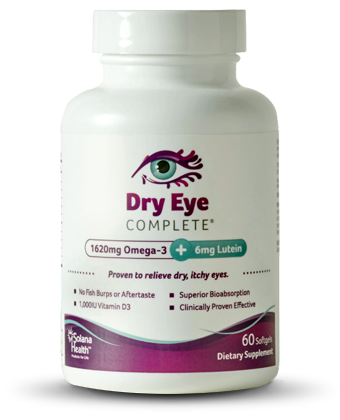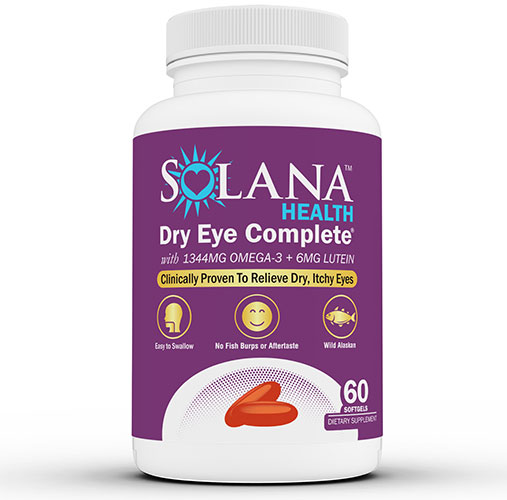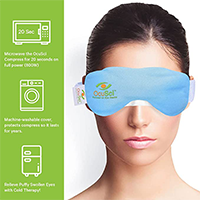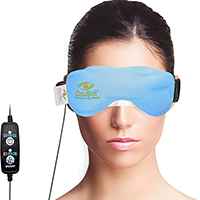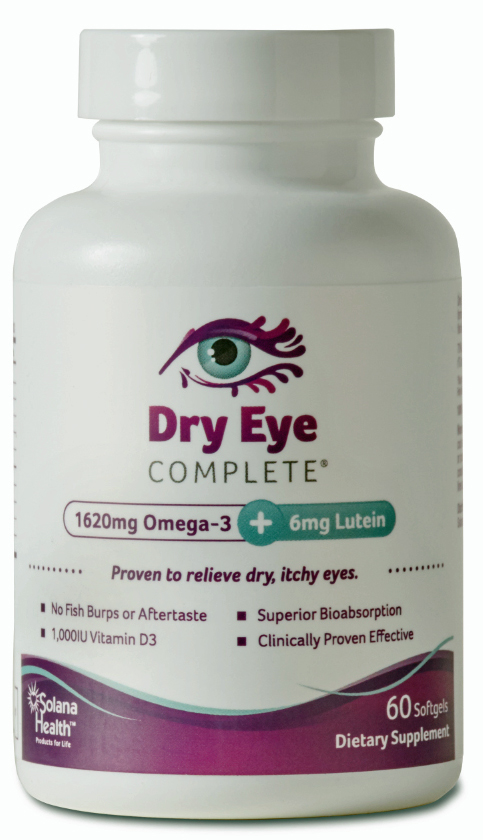The eyes are indeed considered by many to be vital parts of the body, but we often fail to take measures to care for them properly until we begin to notice significant problems with our comfort or vision. Blepharitis is one of the common forms of eyelid inflammation that a person can suffer from. In most circumstances, this condition is associated with problems, such as bacterial eye infections or symptoms of dry eye syndrome. This condition causes the eye to feel gritty and sore, and it can be a troublesome condition with no simple cure. However, once symptoms begin to improve, daily hygiene can assist in keeping the symptoms to a minimum, and the eyesight is rarely affected. The best way to protect your eyes from the dangers of blepharitis and minimize the symptoms that you might experience over time, is to learn as much as possible about its causes and signs.
What Is Blepharitis?
Simply put, blepharitis is an inflammation of the eyelids that many experts suggest may be caused by the excessive growth or development of bacteria found commonly around the skin. In some cases, it may be caused by a blockage of the natural oil glands that supply the eye, allergies, or the side effects of some medications.
Blepharitis causes the eye to appear swollen and somewhat scaly often around the base of the eyelashes. Many doctors recognize this as the most typical cause of dry eyes. It is also believed that dysfunction around the oil glands can occur due to a number of reasons, including hormone imbalance.
What Are the Causes of Blepharitis?
At present, experts agree that the exact cause of blepharitis is not always clear. This condition is regularly associated with different factors, which might include:
- Eyelash lice or mites
- Allergic reactions to various substances, such as medications, solutions for contact lenses, or even eye makeup
- Clogged oil glands or glands that are unable to function as they should in the eyelid
- A buildup of bacteria around the eye that leads to infection
- Rosacea, which is a condition that takes place in the skin that is generally characterized by unusual redness
- Seborrheic dermatitis, which is a build up of dandruff that affects the eyebrows and scalp
Different Types of Blepharitis
When considering the causes and symptoms of blepharitis, it’s worth noting that there are three different forms of this condition:
Staphylococcal blepharitis
The symptoms of this blepharitis are generally thought to be caused by Staphylococcus. This form of bacteria generally lives on the skin in low quantities without causing any harm. In some people, it may gather in certain areas and lead to infection in the eyelids which might result in blepharitis. Exactly why this happens to some people is currently unclear.
Seborrheic blepharitis
This form of blepharitis is generally associated with a type of skin condition that is known as seborrheic dermatitis. People who suffer from this condition find that their skin is generally more oily and can become scaly over time. Usually, the symptoms of the condition causes problems, such as bad dandruff and rashes usually throughout the upper body and face. At this time, the underlying cause of seborrheic dermatitis isn’t clear. Many experts agree that a particular form of yeast known generally as Malassezia furfur is often involved. However, it’s worth noting that this is not just a simple skin infection, and it is not generally contagious. The yeast typically lives within sebum on the skin, and it often does no harm by itself. However, some people unfortunately find that the yeast in their skin leads to an unpleasant inflammatory reaction that results into blepharitis.
Meibomian blepharitis
This is also known as Meibomian gland dysfunction. The average person has about 30 Meibomian glands on each of the lower and upper eyelids, and these produce a small amount of oily fluid which makes up part of the outer layer of the typical tear film which is responsible for lubricating the front portion of the eye. People who suffer from Meibomian blepharitis generally have slight problems with their Meibomian glands, and the fluid that is produced. This can lead to inflammation over time, and it can explain why people with this condition typically suffer from dry eye, as the tear easily evaporates.
In some cases, it is very difficult to tell the difference between the above causes of blepharitis. Many people find that their blepharitis conditions occur as a combination of the various conditions. What’s more, the skin which is inflamed for any reason becomes more likely to be infected by Staphylococcus. This means that all three of the causes associated with blepharitis may occur at the same time, with the main underlying issue varying from one person to another.
What Are the Symptoms of Blepharitis?
As with many health conditions, including conditions affecting the eyes and vision, the symptoms of blepharitis can differ from one person to the next. In most conditions, the primary symptom is the presence of sore or painful eyes or eyelids. Other symptoms might include:
- A gritty, itchy, or sandy feeling in the eye that can progress to burning
- A greasy or inflamed appearance around the eye
- Eyes that are sticky with some form of discharge, or eyelashes that stick together in the morning
- The presence of tiny scales or flakes around the eyelids which may appear like small amounts of dandruff
- Crusts that appear at the base of the eyelashes
- Oily fluid filling the Meibomian glands around the eye
Most of the time, the symptoms of blepharitis will come and go, seemingly at random, with problems flaring up from time to time, and symptoms disappearing at various intervals. There are three other conditions that are often associated with blepharitis:
- Dry eye syndrome, or kertoconjunctivitis sicca
- Seborrheic dermatitis
- Rosacea
What Complications Can the Symptoms Lead To?
In many situations, blepharitis is an uncomfortable condition but it’s not something that doctors regard to be sight-threatening or serious. However, though complications are uncommon they can happen in some people. These complications might include:
- The development of a Meibomian cyst, known as a chalazion. This is a form of painless swelling that occurs on the inner part of the eyelid. It happens because the Meibomian gland is blocked, and though it is not painful, it can cause the eyelid to bulge and be somewhat unsightly. This problem can be treated quite easily, but it can sometimes become infected and painful, so it should treated as quickly as possible.
- The development of a stye. This is a form of painful and infected swelling that occurs towards the outside of the eyelid. The problem takes place because of an infection that occurs within the follicle root of an eyelash.
- Inflammation of the cornea, which could lead to ulceration and scarring. This condition is extremely rare, but it is very serious as it could have an impact on your ability to see properly. If you notice severe eye pain that is unlike the grittiness and discomfort of blepharitis, you should see a doctor as soon as possible. It’s also important to seek help if you lose vision in the affected eye.
- Changes to the eyelashes may take place particularly in long-standing or severe cases. These changes might include the loss of eyelashes, or the misdirection of the eyelashes that causes them to point towards the eye instead of away. In some cases, people notice a loss of color in their eyelashes too.
- Eyelid scarring and ulceration. This condition can cause the eyelid to either turn inwards against the eyelid, or outwards.
- Inflammation in the front of the eye. This form of eye problem can lead to a red, sore eye that is affected by symptoms of watering or discharge.
- Conjunctival phlyctenules. These symptoms include tiny and hard lumps that are usually yellow or white in color and in the shape of a triangle. They can be surrounded by small blood vessels. If this problem occurs, it will usually appear on the lower section of the eye just below the cornea.
Resources and References:
Eye Health and Blepharitis – An extensive resource about blepharitis, including treatments and symptoms (WebMD.com)
Blepharitis – Basic information about blepharitis and which symptoms to watch out for (MedicineNet.com)
Blepharitis – A quick insight into some of the most common causes of blepharitis (MayoClinic.org)

